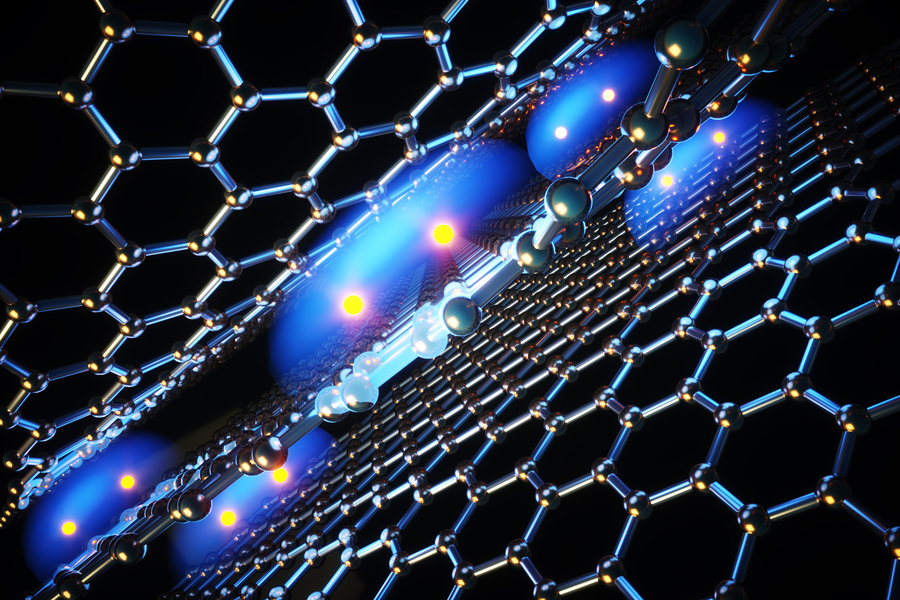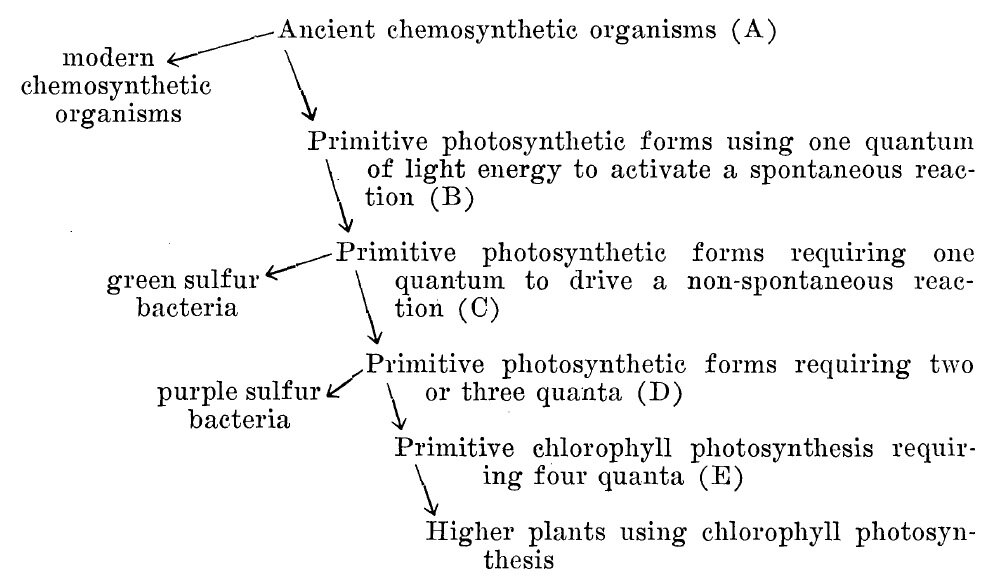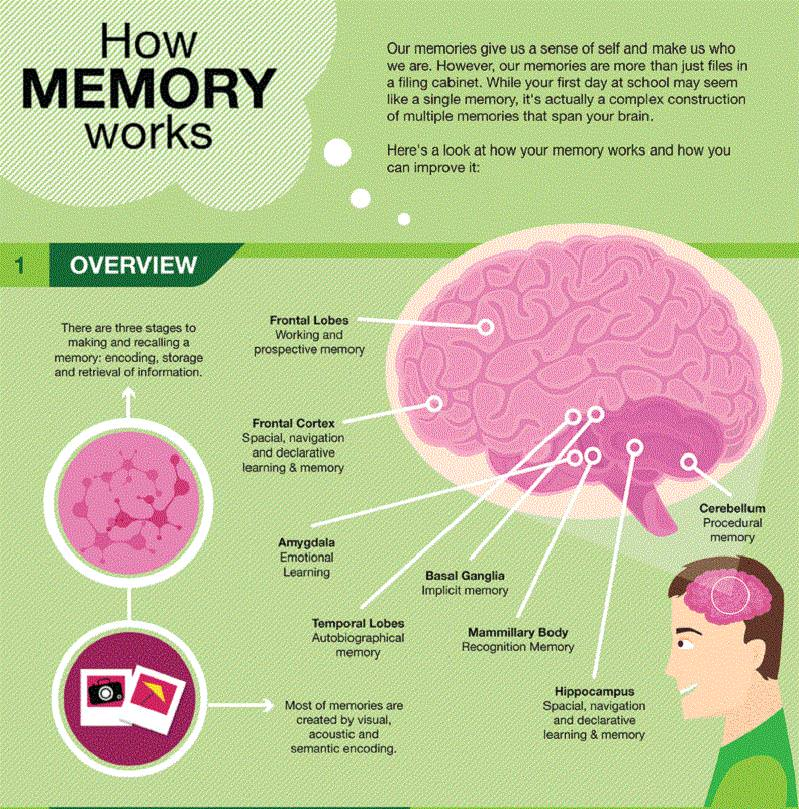Twisted graphene superconductors are at the forefront of modern materials science, merging the fascinating properties of graphene with the extraordinary phenomenon of superconductivity. These innovative materials are capturing the attention of researchers worldwide due to their potential to revolutionize technologies such as lossless power transmission and quantum computing. With the unique ability to transmit electricity without resistance, twisted graphene can significantly enhance energy-efficient detectors, making them invaluable for applications in space exploration and beyond. By examining the behavior of superconducting electrons in these twisted structures, scientists are uncovering new pathways to harnessing high-performance superconductors. The implications of this breakthrough could reshape our understanding of energy transmission and propel advancements in next-generation graphene technology.
Alternative terms for twisted graphene superconductors include innovative graphene-based materials and advanced superconducting frameworks. These terms reflect the underlying principles of superconductivity and highlight the potential applications in fields such as quantum mechanics and energy systems. Research in these areas focuses on harnessing the unique electrical properties of two-dimensional carbon layers, which can lead to significant improvements in power efficiency. By exploring the behavior of superconducting layers, scientists seek to unlock new avenues for energy transmission, contributing to the development of ultra-sensitive detectors and enhancing capabilities in quantum computing. This exploration aligns with current trends in materials science that prioritize energy efficiency and functional versatility.
Introduction to Twisted Graphene Superconductors
Twisted graphene superconductors represent a groundbreaking innovation in the field of superconductivity. These materials, formed by stacking two or more layers of graphene at a precise angle, exhibit unique electronic properties that challenge traditional understandings of superconductivity. Unlike conventional superconductors, twisted graphene can conduct electricity without resistance even at higher temperatures, making it a promising candidate for future technologies. This development is not only significant for academic research but also for practical applications in various tech industries.
The manipulation of graphene layers to create twisted superconductors allows researchers to explore quantum phenomena at unprecedented levels. As they delve deeper into the mechanics of these materials, scientists uncover intricate details about electron pairings and interactions that are critical for enhancing superconductivity. This research opens new avenues for applications such as lossless power transmission, which could revolutionize energy delivery systems.
Frequently Asked Questions
What are Twisted Graphene Superconductors and how do they relate to superconductivity?
Twisted Graphene Superconductors are multilayer graphene structures where the layers are rotated relative to each other, leading to unique electronic properties. These superconductors exhibit remarkable superconductivity at low temperatures, allowing electricity to flow without resistance, which is a significant advancement in the field of superconductivity.
How do Twisted Graphene Superconductors enhance quantum computing technologies?
Twisted Graphene Superconductors can potentially enhance quantum computing by enabling faster and more efficient qubit operations due to their unique superconducting properties. The ability to manipulate electron pairs in these superconductors can improve quantum coherence and minimize energy losses, important for scalable quantum computing.
What role do Twisted Graphene Superconductors play in lossless power transmission?
Twisted Graphene Superconductors are pivotal for lossless power transmission as they can carry electrical current without resistance, drastically reducing energy losses. This could revolutionize power grids and electronic devices by enabling efficient energy transfer over long distances.
How are Twisted Graphene Superconductors beneficial for developing energy-efficient detectors?
Twisted Graphene Superconductors can lead to the creation of highly sensitive, energy-efficient detectors, particularly for applications in space exploration. Their unique electrical properties at low temperatures allow these detectors to operate with minimal power while achieving high resolution, crucial for detecting weak signals in the near vacuum of space.
What are the future applications of Twisted Graphene Superconductors in technology?
The future applications of Twisted Graphene Superconductors span across various technologies, including advanced quantum computing, efficient energy storage systems, lossless power transmission networks, and high-performance detectors for scientific and industrial uses. Their unique properties promise to transform multiple fields of technology.
Why is research on Twisted Graphene Superconductors important for superconductivity?
Research on Twisted Graphene Superconductors is crucial as it uncovers new mechanisms of superconductivity that differ from traditional materials. Understanding these mechanisms can provide insights that may lead to the discovery of new superconducting materials, enhancing both theoretical knowledge and practical applications.
How does the ‘quantum dance’ of electrons in Twisted Graphene Superconductors differ from other superconductors?
The ‘quantum dance’ of electrons in Twisted Graphene Superconductors exhibits unique pairing behavior that is influenced by their intricate structural characteristics. Unlike conventional superconductors, where electron pairing is well understood, twisted graphene reveals complex interactions and directional forces that challenge existing theories of superconductivity.
| Key Points |
|---|
| Superconductivity discovered in twisted graphene, enhancing potential applications in energy transmission and quantum computing. |
| Findings published in Nature by researchers from Harvard, MIT, and Raytheon-BBN Technologies. |
| Graphene, a single atomic layer of carbon, shows unique superconducting behavior when twisted. |
| Electrons form pairs and condense into a superfluid which can flow without energy loss, crucial for advanced technology. |
| Innovative methods including microwave resonance to study these superconducting electrons are being developed. |
| Applications include lossless power transmission, rapid train levitation, and sensitive detectors for space missions. |
| This research may provide insights into other two-dimensional superconductors, advancing scientific understanding. |
Summary
Twisted Graphene Superconductors represent a groundbreaking advancement in material science, potentially revolutionizing energy transmission and innovative technologies. By enabling electrons to pair and flow without resistance, these superconductors promise enhanced performance in various applications, from lossless power systems to cutting-edge quantum computing devices. Continued exploration of their unique properties may unlock further scientific mysteries, thus shaping the future of efficient energy solutions and next-generation technology.


